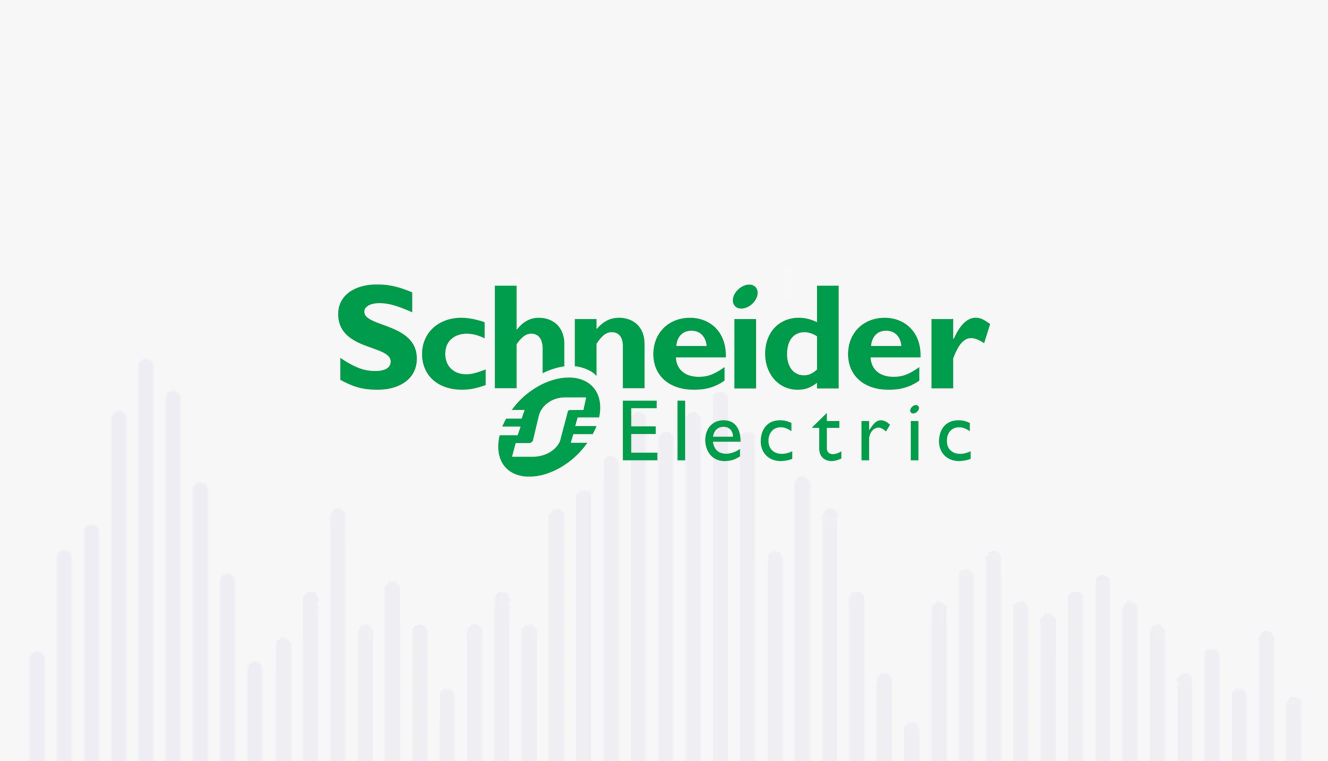
Freight transport is responsible for 10% of global gas emissions. With increased pressure from governments, investors and consumers, decarbonization of freight is now a strategic issue for businesses.
But most do not know where to start as they are unable to accurately assess their freight emissions. Precise calculation of freight footprint is indeed a must-have – and it excludes your usual vague hypothesis-based one. You need to build it over a solid calculation methodology that involves clean and refined freight activity data.
A true challenge, especially for larger companies that suffer the most from data heterogeneity, but one you need to tackle if you want your calculation to be even slightly close to reality. Then and only then will you be able to identify your potential of improvement thanks to a bespoke analysis.
Schneider Electric, the world leader in electrical distribution, has been committed for several years to reducing the climate impact of its supply chain. In 2021, the company was awarded the title of “Best Sustainable Supply Chain” at the GSSC Summit.
Regarding the issue of its transport emissions, Schneider Electric decided to work with Sightness, an advanced analytics platform dedicated to freight optimization. Its “Carbon” module offers calculation of freight GHG emissions and visual insights and dashboards.
In this webinar, you will learn how Schneider Electric identifies ambitious actions to decarbonize freight and monitors its effects over time. You will also understand how proper data can push further the involvement of your carriers in your decarbonization strategy.
A webinar hosted by:
- Marcus LeMaster – Global Director, Logistics Sustainability at Schneider Electric
- Arthur Auclair – VP Sales at Sightness

